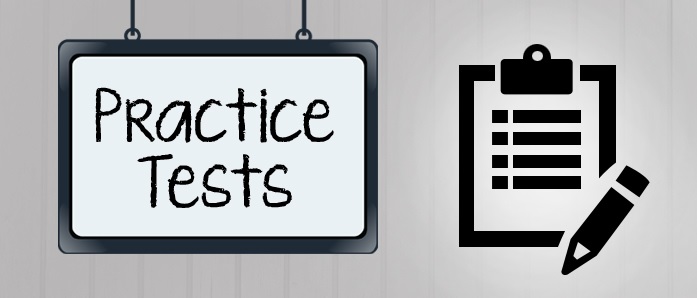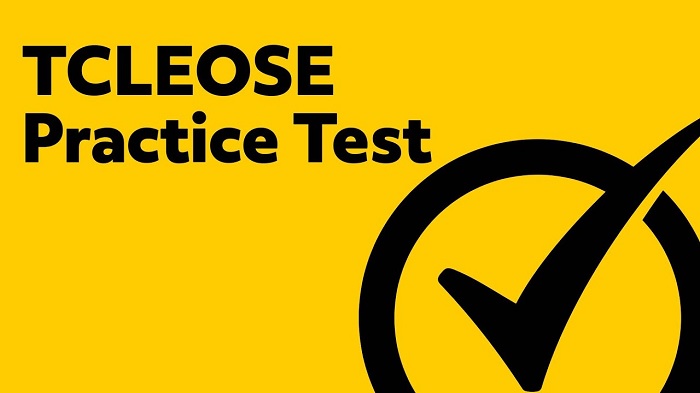Table of Contents
- How to Prepare for the TCLEOSE Practice Test?
- What to Expect From the TCLEOSE Practice Test?
- Understanding the Different Types of Questions on the TCLEOSE Practice Test?
- What Score is Needed to Pass the TCLEOSE Practice Test?
The Texas Commission on Law Enforcement Officer Standards and Education (TCLEOSE) Practice Test is an important part of the process for becoming a certified law enforcement officer in Texas. If you are planning to pursue a career in law enforcement, it is important to understand how many questions are on the TCLEOSE Test. This article will provide an overview of the test, the number of questions on it, and tips for successful completion.
What Questions are Included on the TCLEOSE Practice Test?
The Texas Commission on Law Enforcement Officer Standards and Education (TCLEOSE) practice test includes multiple-choice questions related to the topics outlined in the Texas Commission on Law Enforcement Officer Standards and Education Basic Peace Officer Course Curriculum. The practice test questions cover a range of topics, including law enforcement principles, civil and criminal law, criminal procedure, community relations, public safety and emergency preparedness, and public service. The questions also cover the principles of communication, human relations, physical fitness and wellness, and professional conduct. The TCLEOSE practice test is designed to assess an individual’s knowledge of the material covered in the Basic Peace Officer Course Curriculum and to evaluate the individual’s ability to apply that knowledge in the field.
How to Prepare for the TCLEOSE Practice Test?
Preparation for the TCLEOSE Test is essential for anyone looking to pass the test and become a certified Texas Peace Officer. Taking the time to properly prepare can help ensure success on the test and will provide the test taker with the best possible chance of passing. The first step to preparing for the TCLEOSE Test is to become familiar with the test material. This includes understanding the types of questions that are likely to be encountered on the test, as well as familiarizing oneself with the format and structure of the test.
Additionally, it is important to understand the scoring system for the test and how to best maximize one’s score. The second step in preparing for the TCLEOSE Practice Test is to practice. Taking practice tests is important in helping to become familiar with the types of questions that are likely to be encountered on the test. Additionally, it will help the test taker become accustomed to the format and structure of the test, as well as the timing of the exam. Finally, it is important to ensure that the test taker is well rested and adequately prepared the day of the exam. Taking the time to review the material prior to the test, as well as having a clear understanding of the types of questions that are likely to be encountered, can help ensure success on the test and lead to success on the TCLEOSE exam.

What to Expect From the TCLEOSE Practice Test?
The TCLEOSE Practice Test is designed to assess an individual’s knowledge and understanding of the principles, procedures, and regulations of the Texas Commission on Law Enforcement Officer Standards and Education (TCLEOSE). The test consists of multiple-choice questions that cover a variety of topics related to the state’s law enforcement certification process. The TCLEOSE Test is designed to help individuals prepare for the actual TCLEOSE exam.
The practice test is divided into two sections—the first section is a “tutorial” that provides an overview of the TCLEOSE certification process and the second section consists of multiple-choice questions that cover a variety of topics. The questions are designed to challenge the test-taker and to measure their knowledge and understanding of law enforcement regulations in the state of Texas. The practice test also provides detailed feedback on the answers chosen.
After the test is complete, the test-taker will be given a score and feedback on their performance. This feedback can be used to help the individual identify areas of improvement and to better prepare for the actual TCLEOSE exam. Overall, the TCLEOSE Test is an excellent way to familiarize oneself with the TCLEOSE certification process and to assess their knowledge of the topics that are covered on the actual exam. The practice test can help individuals prepare for the actual exam and can be a valuable tool for those who wish to pass the test.
Understanding the Different Types of Questions on the TCLEOSE Practice Test?
There are three main types of questions on the Texas Commission on Law Enforcement Officer Standards and Education (TCLEOSE) test: multiple choice, true/false, and essay. Multiple-choice questions require you to select the best answer out of the given options. True/false questions require you to decide whether a statement is true or false. Finally, the essay questions require you to provide an in-depth written response that explains your understanding of a given topic. It is important to note that the TCLEOSE test also includes a wide variety of topics, ranging from law enforcement policies to civil rights and criminal justice administration. You will need to be familiar with all these topics in order to do well on the test. Additionally, the questions are written in a formal tone and must be answered in a clear and concise manner in order to receive a passing score.
What Score is Needed to Pass the TCLEOSE Practice Test?
In order to pass the Texas Commission on Law Enforcement Officer Standards and Education (TCLEOSE) test, a score of 70% or higher must be achieved. The practice test consists of multiple-choice questions that assess an individual’s knowledge on the general topics of law enforcement, legal issues, and public safety. The test is designed to ensure that individuals possess the necessary skills to become a successful law enforcement officer.
Overall, the TCLEOSE Test consists of 100 multiple-choice questions that are designed to assess the knowledge and skills of individuals seeking to become police officers in Texas. As the test is designed to be challenging, it is important to adequately prepare for the test by studying the material that is required and taking practice tests. By doing so, individuals can increase their chances of achieving a passing score on the test and achieving their goal of becoming a police officer in Texas.
